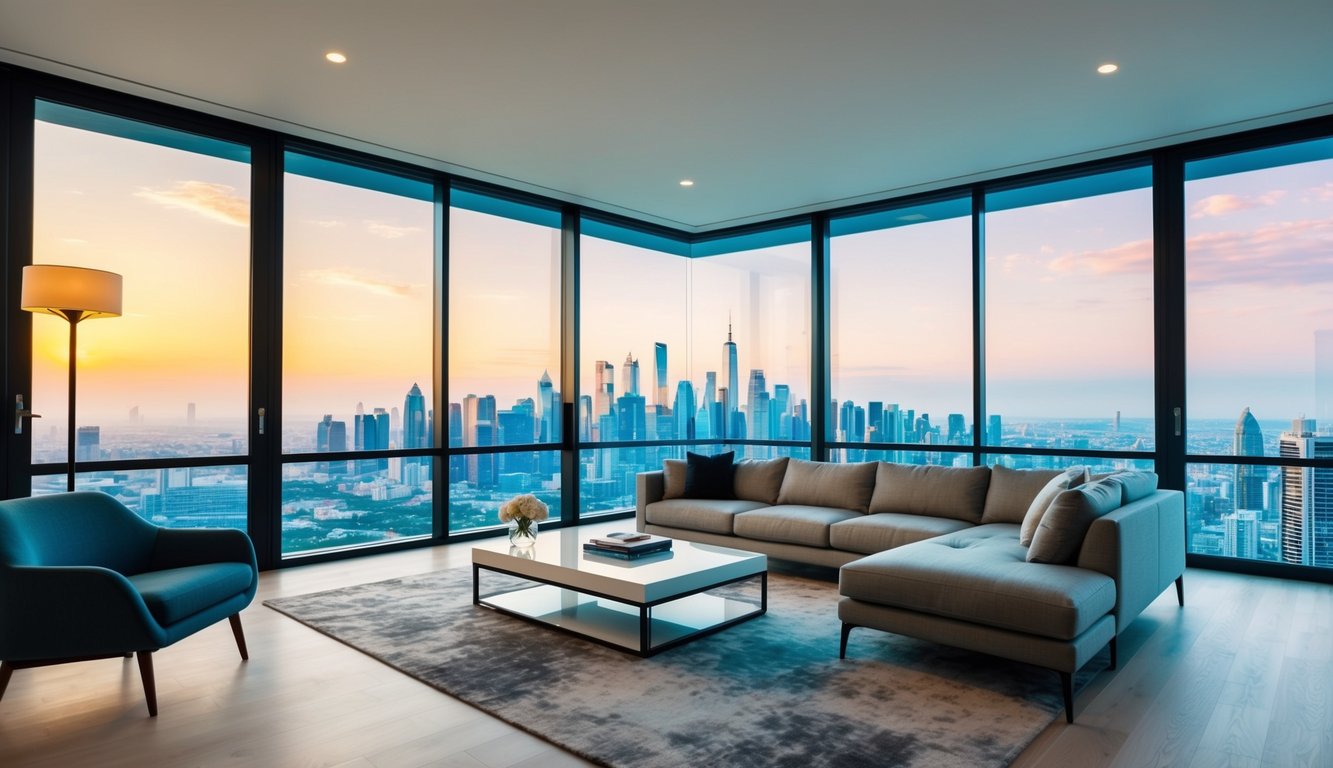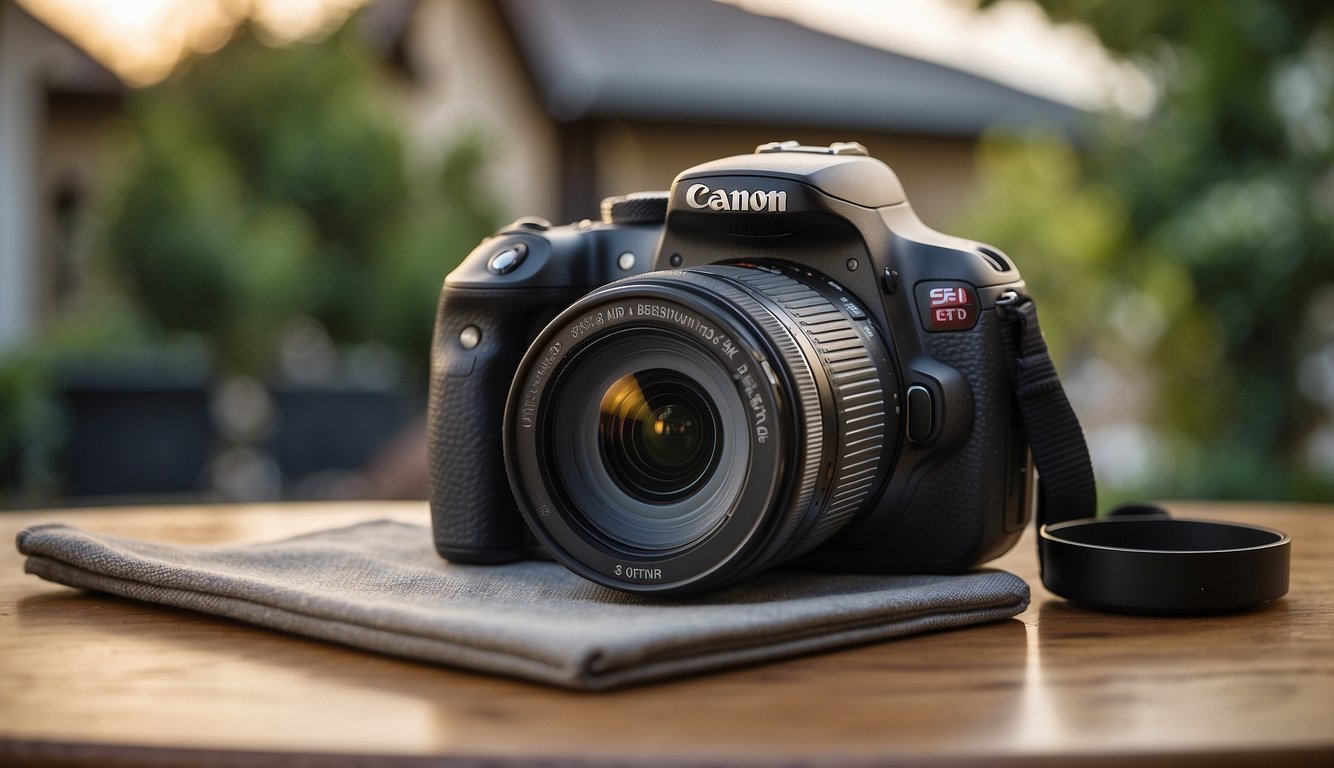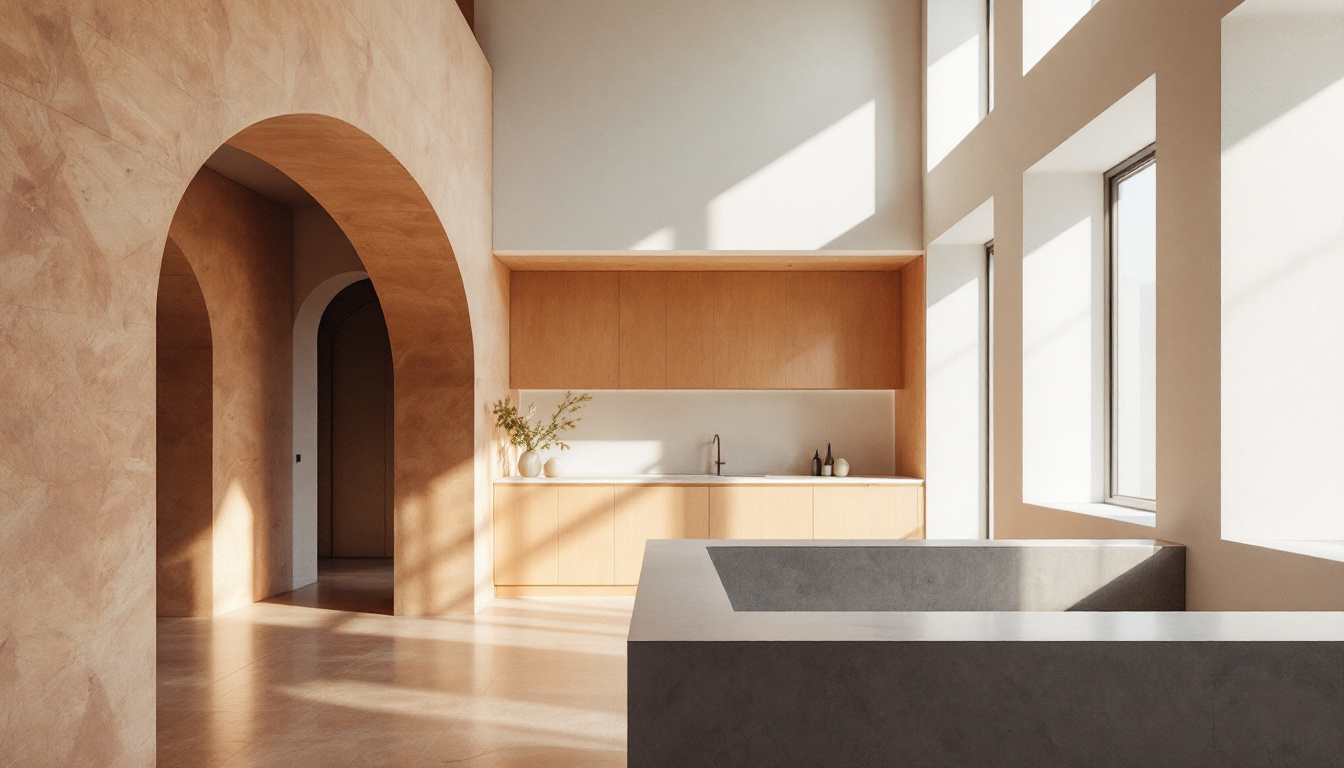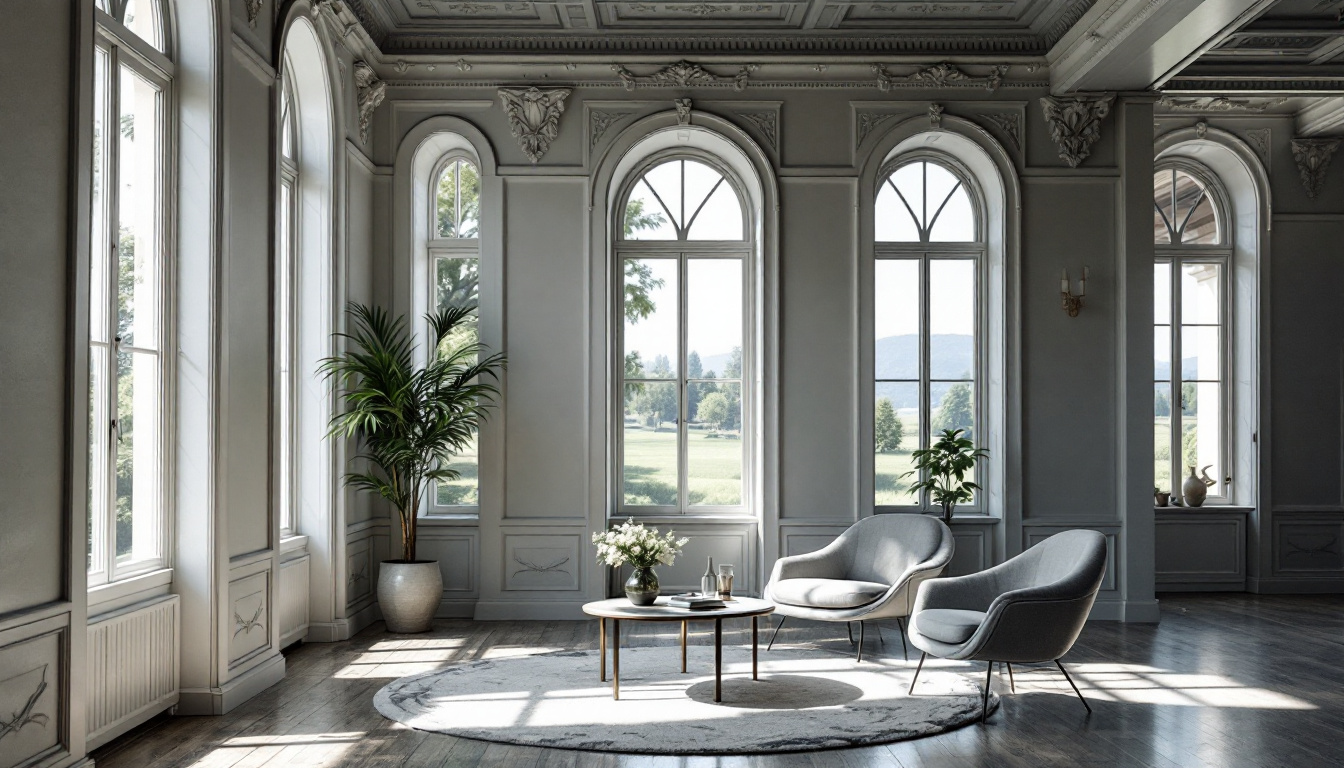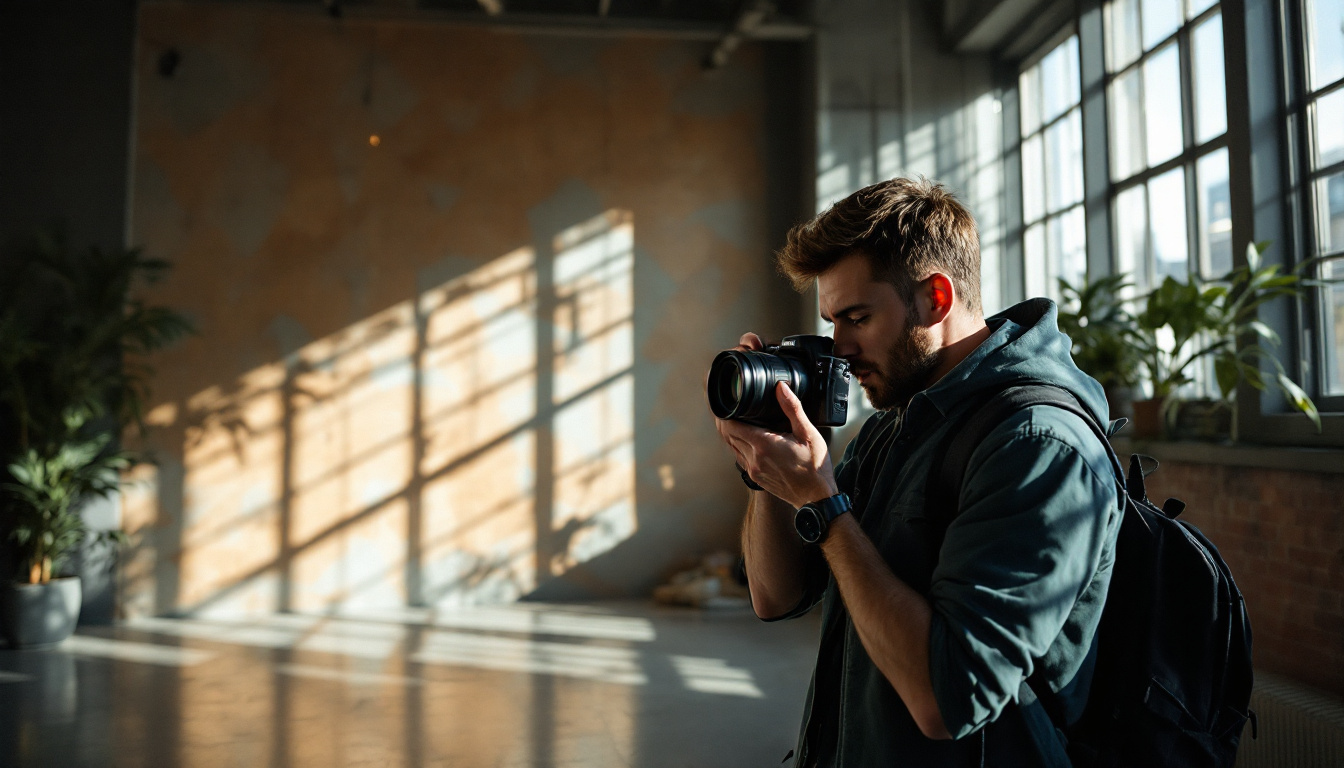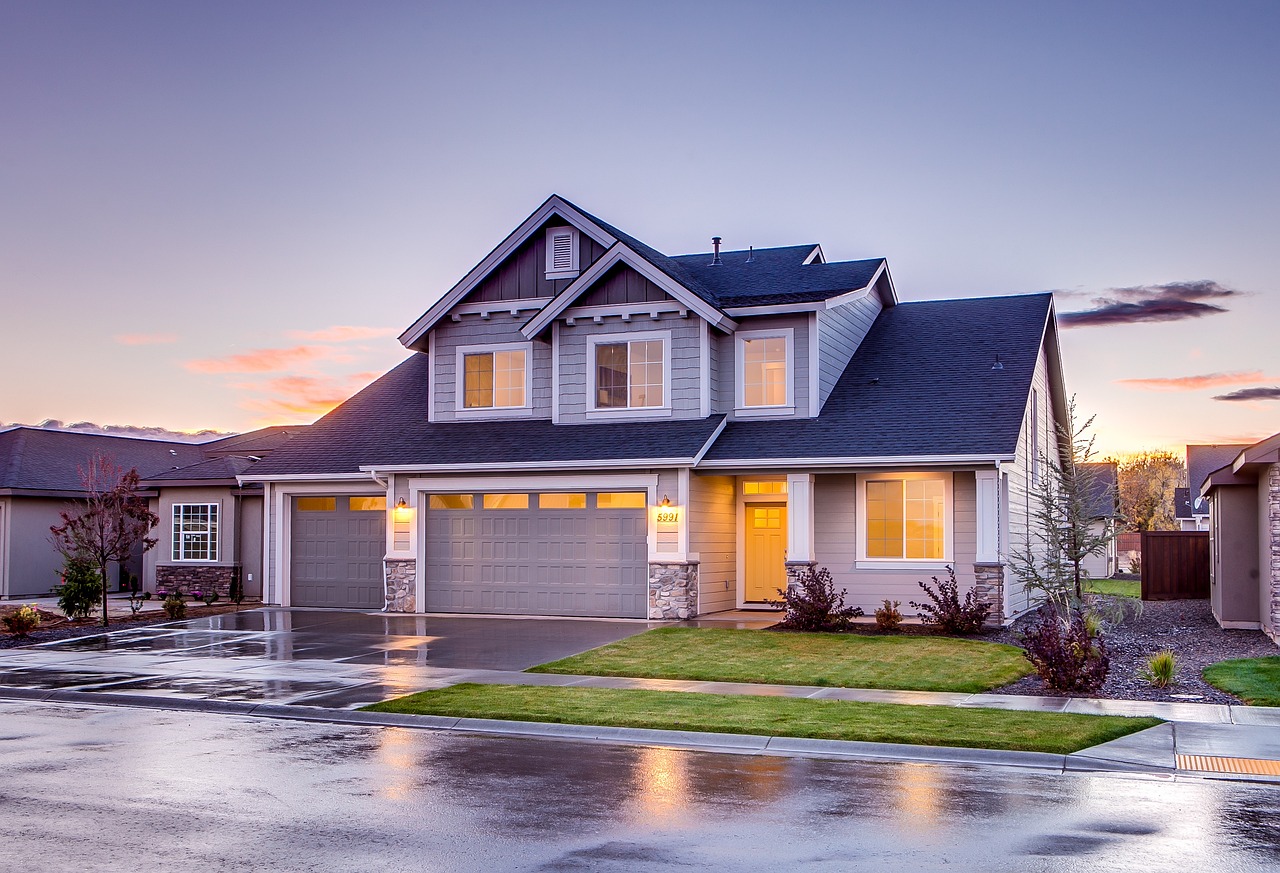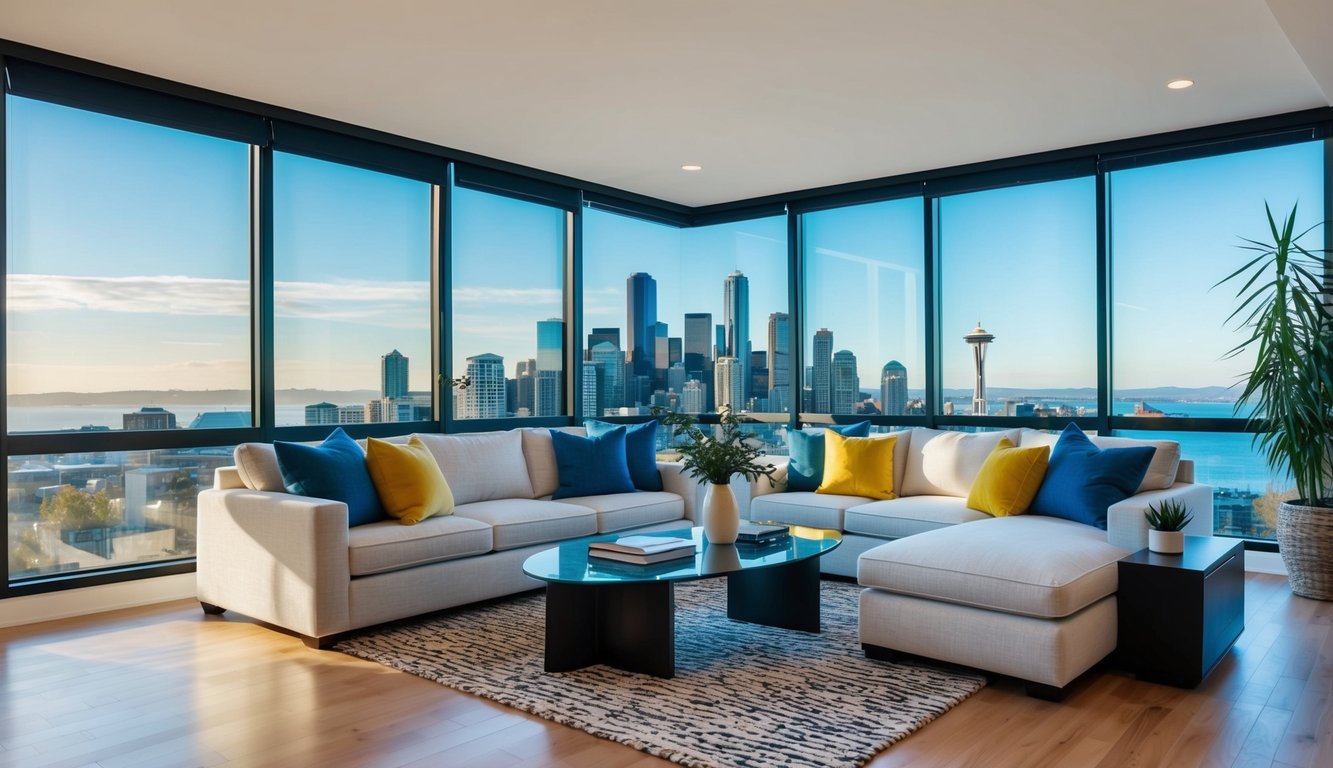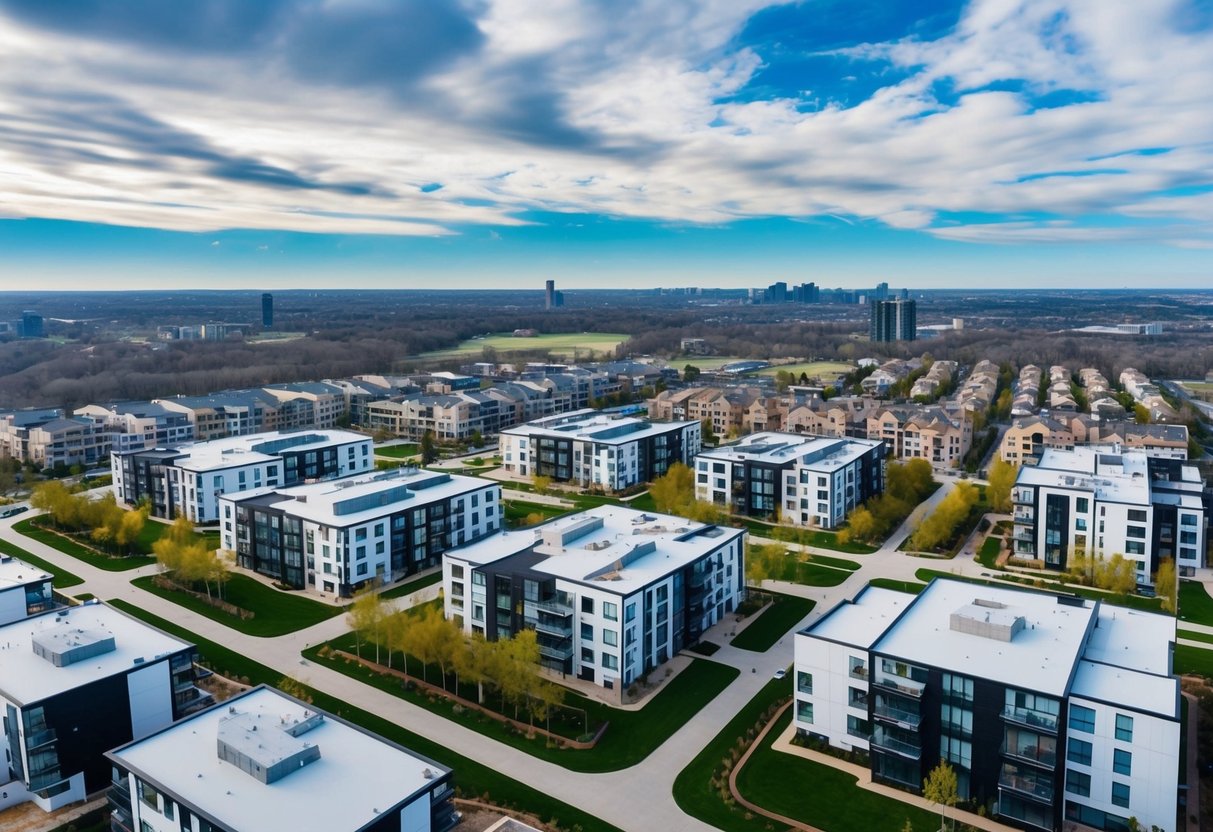Professional real estate photos make listings stand out and attract more potential buyers. Quality photos highlight a property’s best features and create a strong first impression that drives interest.
Real estate photography pricing typically ranges from $130 to $500 per property, with costs varying based on house size, location, and service level. Top photographers in luxury markets like Miami and Charleston charge premium rates between $250-$500 per shoot.
We’ve seen that investing in professional photos pays off through faster sales and higher offers. HDR photography services cost more than standard shoots but deliver superior image quality that showcases properties in their best light.
Key Takeaways
- Professional real estate photos attract more buyers and sell homes faster
- Photography prices vary by market and property size with most shoots costing $130-500
- High-quality HDR photos justify higher rates by showcasing properties better than standard images
Understanding Real Estate Photography Pricing
Real estate photography prices range from $150 to $900 depending on the service level and market location. Professional photographers use different pricing models to match client needs and property requirements.
Factors Influencing Photography Pricing
Location plays a major role in pricing – photography costs in Indianapolis differ significantly from Los Angeles or New York.
The size and type of property affect the time needed and equipment required. Larger homes need more shots and setup time.
A photographer’s experience level directly impacts rates. Expert photographers with strong portfolios command higher fees.
Additional services like drone shots, twilight photos, or 3D virtual tours can add $100-$360 to the base price.
Photography Pricing Models
Basic packages start around $150 for 25-50 photos. These typically include interior and exterior shots with basic editing.
Per-photo pricing lets clients pay only for the images they want to use. This works well for smaller properties.
Package deals often provide the best value. These combine multiple services like photos, video, and virtual tours.
Some photographers charge hourly rates, which work better for complex shoots or properties needing extra attention.
Rush fees apply for same-day or next-day delivery requests.
Key Components of Real Estate Photography Pricing
Real estate photography pricing depends on many factors that affect the final cost. Two main elements drive pricing: the scope of the photo shoot and the work needed after capturing images.
Number of Images and Property Size
The size of a property directly impacts the number of photos needed. We recommend 25-35 photos for homes under 3,000 square feet.
Larger properties over 4,000 square feet typically need 35-50 images to showcase all areas properly. Each additional 1,000 square feet usually requires 5-10 more photos.
Pricing scales with property size – a 2,000 square foot home might cost $150-200, while a 4,000 square foot property could range from $250-350.
Post-Processing and Turnaround Time
Professional editing enhances photos through color correction, lighting adjustments, and virtual staging when needed. Standard turnaround times range from 24-48 hours.
Rush delivery often adds 25-50% to the base price. Basic editing is usually included, but advanced retouching costs extra:
- Sky replacements: $10-15 per image
- Virtual staging: $40-60 per room
- HDR processing: $25-35 per property
Next-day delivery typically costs $50-75 more than standard turnaround times.
Enhancing Real Estate Listings with Advanced Photography Services

Professional real estate photography now includes cutting-edge technologies that give buyers a complete view of properties before visiting in person.
Aerial and Drone Photography
Drone photography has become essential for showcasing larger properties and highlighting unique features from above. High-quality aerial shots capture the full scope of a property, including:
- Overall lot dimensions and boundaries
- Landscaping and outdoor amenities
- Relationship to neighboring properties
- Property access points and driveways
We recommend using licensed drone operators who specialize in real estate photography. They understand how to capture the most flattering angles while complying with FAA regulations.
Virtual Staging and 3D Virtual Tours
Properties with professional virtual tours get 118% more online views compared to basic listings. Modern virtual staging tools transform empty spaces into beautifully furnished rooms at a fraction of traditional staging costs.
Popular 3D tour options include:
- Matterport scans for immersive walkthroughs
- Zillow 3D Home tours for quick virtual visits
- 360-degree room panoramas
These technologies let buyers:
- Explore properties room by room
- Take accurate measurements
- Visualize furniture placement
- View properties any time from anywhere
Professional virtual tours reduce wasted showings and help properties sell faster by qualifying serious buyers before in-person visits.
Evaluating Real Estate Photography Services
Selecting the right real estate photographer requires careful evaluation of their work quality and service offerings. Quality photos can make a big difference in how fast a property sells.
Portfolio and Experience of the Photographer
A photographer’s portfolio reveals their technical skills and artistic style. We recommend reviewing at least 15-20 property shoots to gauge consistency.
Look for high-quality images that show proper lighting and composition. Clear, bright rooms and accurate color representation indicate professional expertise.
Experience matters greatly in real estate photography. Ask how many years they’ve worked with real estate agents and how many properties they photograph monthly.
Check past client testimonials, especially from real estate agents. This gives insight into their reliability and communication style.
Service Packages and Additional Offerings
Basic photo packages typically start at $150-250 and include 25-35 photos of key areas.
Premium services worth considering:
- Twilight shots for exterior drama
- Aerial drone photography
- Virtual staging
- 3D virtual tours
- Property websites
- Same-day delivery
Many photographers offer package deals when combining multiple services. Ask about rush fees and revision policies before booking.
Watch for hidden costs like travel fees or extra charges for additional photos. Get all services and prices in writing.
Clever Marketing with Real Estate Visuals

Professional real estate photos and videos create strong buyer interest and help properties sell faster. Advanced visual content can reach more potential buyers through targeted platforms.
Social Media Integration
Instagram and Facebook users love scrolling through beautiful property photos. High-quality real estate photography grabs attention and generates engagement on social feeds.
We recommend sharing 3-5 of the best photos from each listing across platforms. Add relevant hashtags like #realestate #newlisting #dreamhome to expand reach.
Create Instagram Stories and Facebook carousels to showcase multiple property angles. Short video clips of stunning features work well for social media engagement.
Real Estate Videos and Property Walkthroughs
Video tours let buyers explore homes virtually before visiting in person. Professional property videos typically include:
- Exterior shots showing the full property
- Room-by-room walkthrough footage
- Drone aerial views of the home and surroundings
- Neighborhood highlights and amenities
High-quality video equipment and proper lighting make properties look inviting and spacious. Smooth camera movements and clear audio narration keep viewers engaged.
MLS-Ready Photos & Compliance
MLS-approved image sizing ensures photos display correctly on listing sites. Common requirements include:
Photos must be high-resolution (at least 1024×768 pixels) Primary exterior shot as first photo No watermarks or text overlays Clear, accurate representation of the property
Following MLS guidelines prevents listing delays. We recommend getting photos professionally edited to meet exact specifications while maintaining quality.
Practical Aspects of Photography Sessions

Real estate photography involves careful planning around logistics and environmental factors that can impact the quality of the final images.
Location and Travel Considerations
Most photographers include travel costs within a 20-30 mile radius of their base location. Beyond that distance, additional fees typically range from $50-100 for extended travel.
We recommend discussing transportation fees upfront before booking a session. Some photographers charge per mile, while others use flat-rate zones.
For twilight photo shoots, we need to factor in rush hour traffic to ensure we arrive before the golden hour begins. These sessions require precise timing and often cost more due to the specific scheduling requirements.
Weather Impacts and Rescheduling
Rainy or overcast conditions can significantly affect exterior shots and natural lighting inside the property. We always check weather forecasts 24-48 hours before scheduled shoots.
Many photographers offer free rescheduling with 24-hour notice for weather-related cancellations. This helps ensure optimal lighting conditions for your property photos.
Best shooting conditions:
- Clear or partly cloudy skies
- Dry conditions
- Morning hours (9-11 AM)
- Late afternoon (3-5 PM)
- Twilight (30 minutes before sunset)
Real Estate Photography as an Investment

Professional real estate photos make properties sell faster and command higher prices. Real estate photography costs between $150-$200 for standard photos, representing a small investment compared to the potential returns.
Return on Investment and Market Demand
Properties with professional photos typically sell 32% faster than listings with basic phone camera shots. In competitive markets, high-quality images are essential to stand out.
Standard photoshoots range from $195-$500 depending on property size. This investment often yields thousands more in final sale price.
We’ve found that homes with professional photos receive 61% more views online. This increased exposure translates directly to more showings and offers.
Professional photo packages often include expert editing and 2D floor plans, which help buyers better visualize the space. These extras justify the initial cost through improved buyer engagement.
High-Quality Photos as Selling Points
Professional photos capture optimal lighting, angles, and compositions that highlight a property’s best features. Key benefits include:
- Sharp, clear images that showcase room dimensions
- Proper exposure to display natural light
- Wide-angle shots that capture entire spaces
- Color-accurate representation of finishes
Basic packages include 10-25 MLS-ready photos for homes up to 3,000 square feet. These images form the foundation of effective marketing materials.
Quality photos help establish trust with potential buyers. When buyers see professional images, they perceive the property as well-maintained and properly marketed.
Frequently Asked Questions

Real estate photography rates vary between $115-500 per listing across different U.S. markets. Prices depend on factors like property size, service types, and photographer experience level.
What factors influence the cost of real estate photography services?
Real estate photography pricing varies based on location, market size, and photographer expertise.
Larger properties need more time and equipment to photograph properly, which affects the final cost.
The photographer’s experience and skill level play a big role in pricing – more skilled professionals typically charge higher rates.
Is there a standard rate for residential real estate photography?
Most photographers charge between $115 to $500 per listing, with prices varying by city and region.
Basic packages often include 25-35 photos of a standard-sized home.
How are commercial real estate photography rates determined?
Commercial property photography usually costs more than residential due to larger spaces and complex lighting needs.
These projects often require special equipment and more time on site.
What should be included in a real estate photography package?
A basic package should include interior and exterior shots that highlight key property features.
Most photographers deliver photos within one business day.
Many packages include basic editing and image enhancement services.
How can real estate photo editing impact overall pricing?
Basic editing like color correction and brightness adjustment is usually included in standard rates.
Advanced editing services like virtual staging or sky replacement may cost extra.
What are typical cost considerations when quoting real estate photography?
Property square footage directly affects the time needed to complete the shoot.
Travel distance to the property location might add to the final price.
Special requests like twilight shots or aerial photography will increase the total cost.
